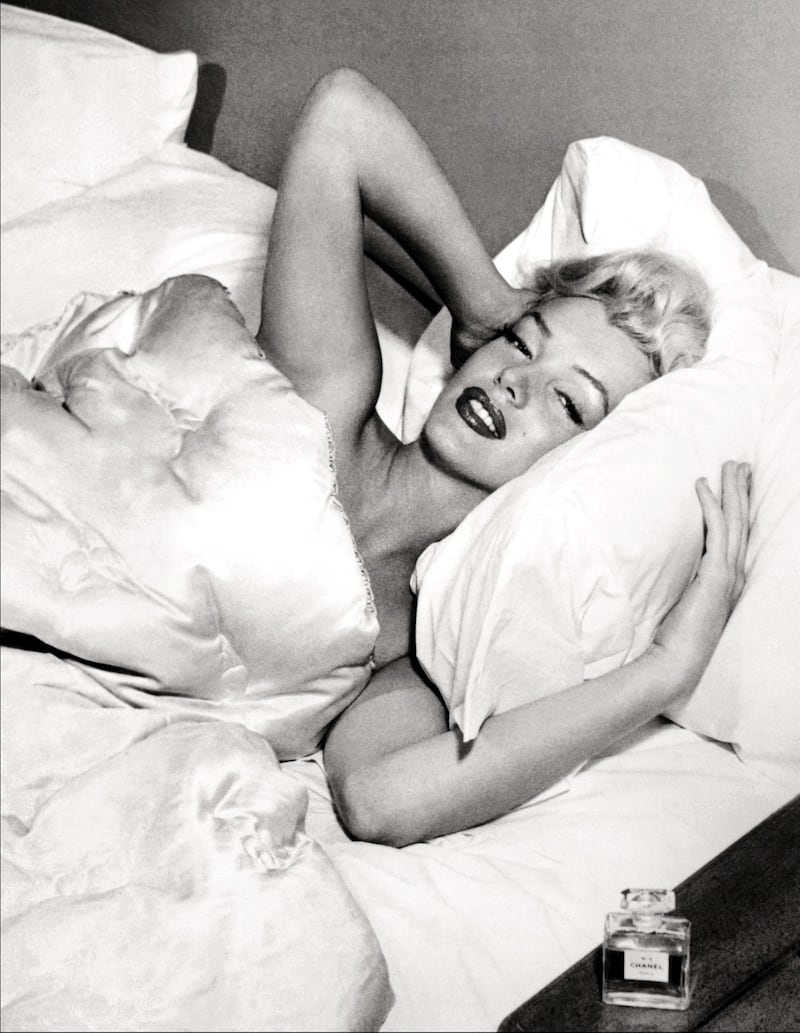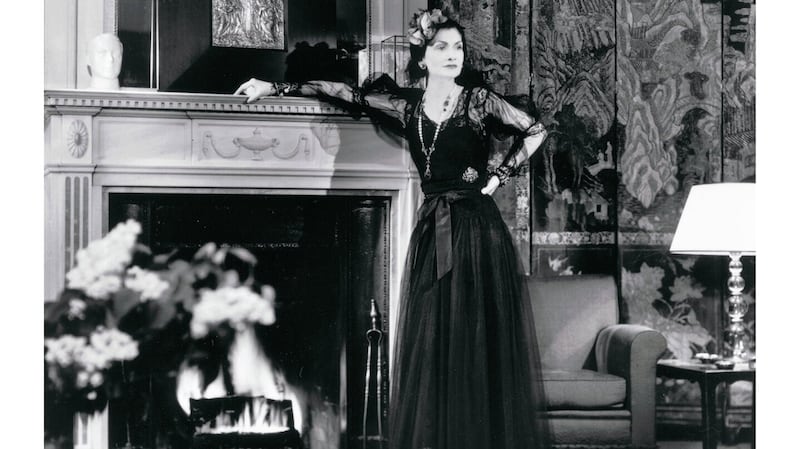Despite the perennial status of beauty products in popular culture, it is unusual for any one product to transcend its genre for long. Certainly there are products that have been around for a long time, and might hold the same honoured status in your bathroom as they did in your grandmother’s, but they tend to be functional. Fond as we are of soap and hairspray, they carry no mysterious allure.
Fragrance is the most ephemeral category in beauty – it is always aesthetic and never functional, which is part of its charisma. New scents come and go in the hundreds each year, while brands compete to discover that alchemical recipe which could result in a generation-defining, fortune-making bottle of perfume. They all want to make the next Chanel No5.
Known even to people without any interest in beauty at all, No5 (so famous that it can just go by its first name, like Beyonce or Cher) is the Platonic form of fragrance.
It's what comes to mind when we think of perfume itself, our brains offering forth the silhouette of its elegant rectangular bottle and stopper cut like a diamond to evoke Paris' Place Vendome, where Gabrielle Chanel herself lived at the Ritz hotel from 1937. She kept a suite on the third floor, a short walk from her apartment on Rue Cambon, which she used only for work and entertaining, and on which she had opened her first hat shop in 1910.

In so many ways No5 does indeed feel like an artefact from another, far more glamorous era. Chanel created it in 1921 with Ernest Beaux, a Russian exile who had been the Tsar's perfumer. Its now legendary origin story and weighty role in the history of beauty are certainly products of their time. However, if Chanel No5 is an artefact, it is a living and culturally resonant one. The most famous fragrance in history – enduringly so even today – turns 100 this year.
New form
Like the surrealist, cubist and dadaist art that revolutionised Europe in the 1920s, No5 took its subject – familiar floral notes – and arranged them in a completely new form. Chanel's in-house perfumer-creator Olivier Polge, the nose behind every Chanel fragrance since the beginning of his tenure (including the modernised, fresher citrus No5 L'Eau) when he took over from his father Jacques Polge in 2015, describes it as "an abstract fragrance… a mysterious composition of flowers that complement one another without any single one really being identifiable".
We are “supposed” to talk about fragrance in terms of notes – top, heart and base. No5 dismisses that tradition and as a result, it remains uncopied and unrivalled.
While it may now seem the pinnacle of sophisticated, conservative beauty, the scent is in fact as much a rule-breaker as it was 100 years ago. Polge says that while fashion brands creating fragrance is now common, it was No5 that established the norm.
“Gabrielle Chanel had the brilliant intuition to turn perfume into a fashion accessory. When she had the idea for No5, fashion and fragrance were two completely separate worlds. She, a dressmaker, was the one who decided to bring them together.”

It has never lost its status as the ultimate beauty accessory. Marilyn Monroe famously wore it (with nothing else) in the 1950s, while Andy Warhol's screen print ensured that it was the first fragrance ever featured in New York 's Museum of Modern Art. Faces of the fragrance have included Lauren Hutton, Catherine Deneuve and Nicole Kidman, as well as Marion Cotillard as it adapts itself to new generations of women.
Competitors
When it was first manufactured the fragrance quickly displaced all its competitors, making the popular one-note floral perfumes of the early 20th century seem limp and insipid in comparison. While five iterations of No 5 have been released since the original – each an offering of Chanel perfumer-creators following Beaux, and each translating notes of the original for their time, that original remains authentic, and pretty much as it ever was. Part of No5’s legend is the fact that it is adaptable, and as beloved by fragrance lovers now as it was 100 years ago.
The inclusion of synthetic ingredients called aldehydes, which were not commonly used in the early 1920s, constructed a single olfactory mood that, for me, is still the smell of Paris itself. Or in the very least of Parisian women.
It is a rich floral which still uses the jasmine and Grasse rose that Chanel and Beaux included, but boasts a warm, powdery strength that was highly unusual in the 1920s. It was powerful, unsubtle, maybe even dominant.
Chanel herself was a change-maker; an entrepreneur and a businesswoman when women were generally no such thing. Polge describes No5 as “the fragrance of an emancipated woman, with assertive femininity”.
It was a scent for a new generation of bolder women. It is still so beloved in Paris, especially in the more fashionable parts of the city, that you will get regular wafts of it as you amble about.
Gatekeeper
Polge is not just the creator of Chanel fragrance, but a sort of No5 gatekeeper too. He is responsible for the quality and supply of ingredients that make up the best-known fragrance ever made, as well as its famously secret formula.
“Part of my job each and every day is to preserve No5,” he says. “All throughout the year we make sure to acquire all of its qualities: citruses at the beginning of the year, then orange blossoms, roses in May, jasmine in September, ylang-ylang several times a year. It requires constant vigilance, a job that is rooted in history. I have the 1921 formula, handwritten by Ernest Beaux, in the safe.”
In beauty industry terms, No5 is wearable art and history. An olfactory impossibility and made real and bottled. Once you know it, you’ll smell it everywhere, and may well be doing so for another 100 years.












